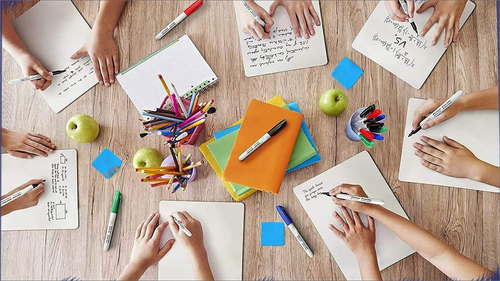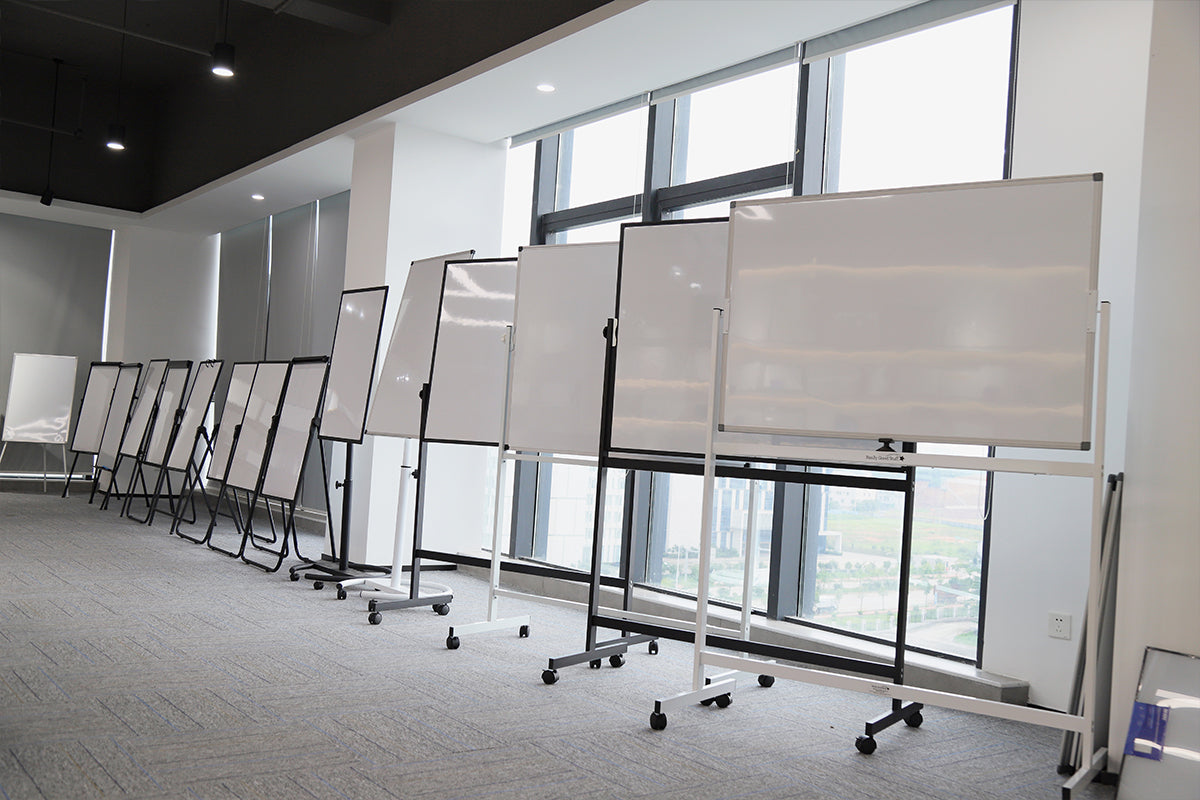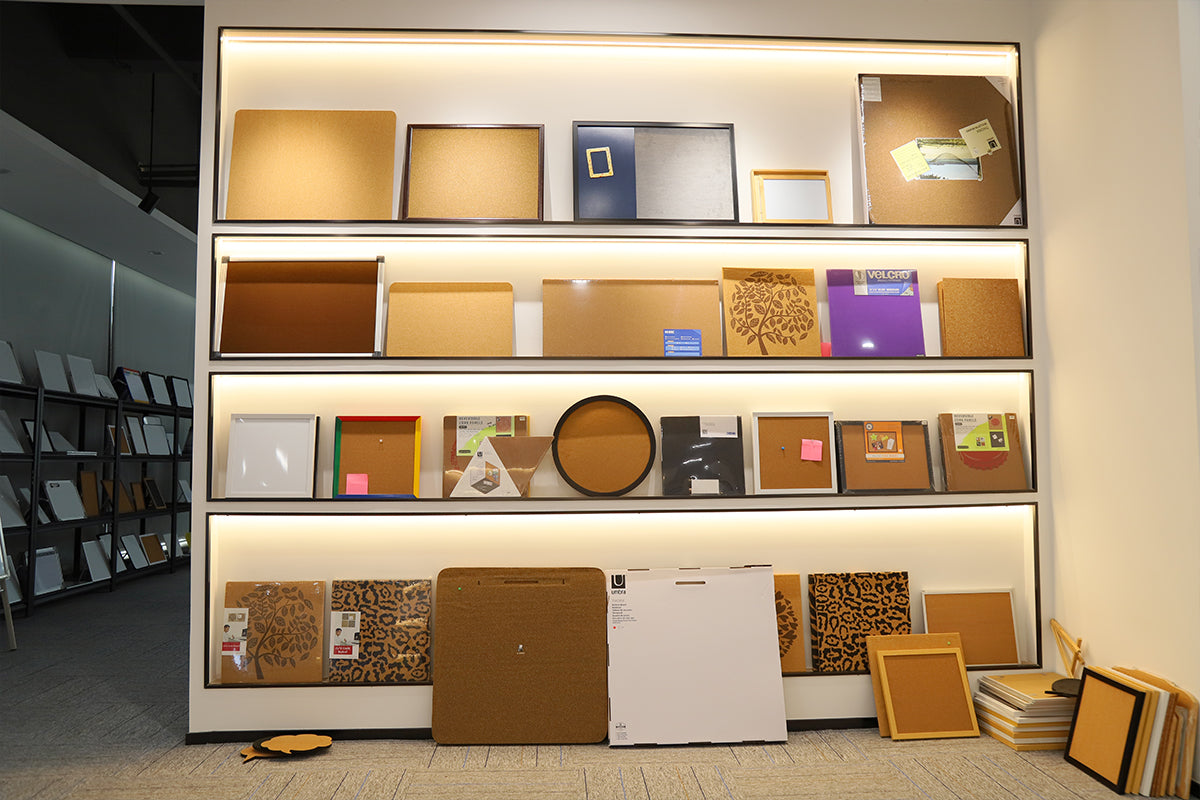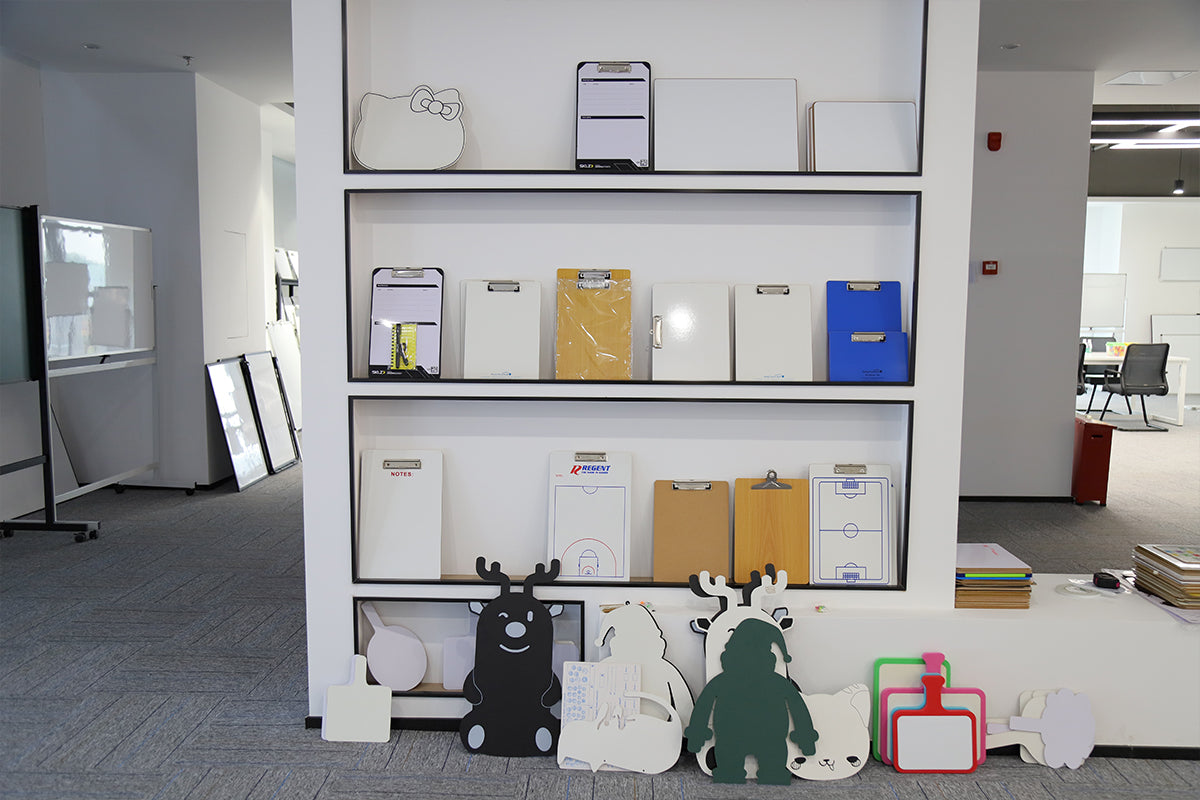Some basic introductions you need to know about dry erase whiteboards
A dry erase board, also known as a whiteboard or marker board, is a flat surface typically made of melamine, porcelain, or glass that can be written on and erased multiple times. It is commonly used in classrooms, offices, and other settings for presentations, brainstorming, teaching, and collaborative work.
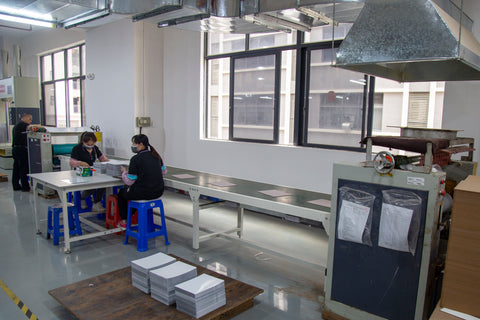 Here are some key points about dry erase boards:
Here are some key points about dry erase boards:
1. Surface: Dry erase boards have a smooth, non-porous surface that can be written on with dry erase markers. The surface can be white or transparent, depending on the type of board.
2. Markers: Dry erase markers are used to write on the board. These markers contain ink that is easily erased with a dry cloth or eraser. They come in various colors and tip sizes.
3. Erasing: Dry erase boards can be easily erased using a dry cloth, eraser, or even a finger. The ink does not leave any residue, making it convenient for quick changes and modifications.
4. Durability: Dry erase boards are designed to be durable and long-lasting. Melamine boards are the most affordable but tend to be less durable than porcelain or glass boards, which are more resistant to scratches and stains.
5. Sizes and Formats: Dry erase boards come in various sizes, ranging from small handheld ones to large wall-mounted boards. They can also be in different formats, such as traditional rectangular boards, rolling boards on stands, or even custom-shaped boards.
6. Accessories: Dry erase boards often come with accessories like markers, erasers, and mounting hardware. Some boards also have built-in features like gridded or magnetic surfaces.
7. Maintenance: Dry erase boards require minimal maintenance. Regular cleaning with a dry cloth or specialized cleaning solutions can help maintain the surface and remove any stubborn marks.
Overall, dry erase boards are versatile tools that facilitate communication, collaboration, and organization in various settings. They are easy to use, clean, and provide a reusable surface for presenting ideas and information.

1. Surface: Dry erase boards have a smooth, non-porous surface that can be written on with dry erase markers. The surface can be white or transparent, depending on the type of board.
2. Markers: Dry erase markers are used to write on the board. These markers contain ink that is easily erased with a dry cloth or eraser. They come in various colors and tip sizes.
3. Erasing: Dry erase boards can be easily erased using a dry cloth, eraser, or even a finger. The ink does not leave any residue, making it convenient for quick changes and modifications.
4. Durability: Dry erase boards are designed to be durable and long-lasting. Melamine boards are the most affordable but tend to be less durable than porcelain or glass boards, which are more resistant to scratches and stains.
5. Sizes and Formats: Dry erase boards come in various sizes, ranging from small handheld ones to large wall-mounted boards. They can also be in different formats, such as traditional rectangular boards, rolling boards on stands, or even custom-shaped boards.
6. Accessories: Dry erase boards often come with accessories like markers, erasers, and mounting hardware. Some boards also have built-in features like gridded or magnetic surfaces.
7. Maintenance: Dry erase boards require minimal maintenance. Regular cleaning with a dry cloth or specialized cleaning solutions can help maintain the surface and remove any stubborn marks.
Overall, dry erase boards are versatile tools that facilitate communication, collaboration, and organization in various settings. They are easy to use, clean, and provide a reusable surface for presenting ideas and information.


